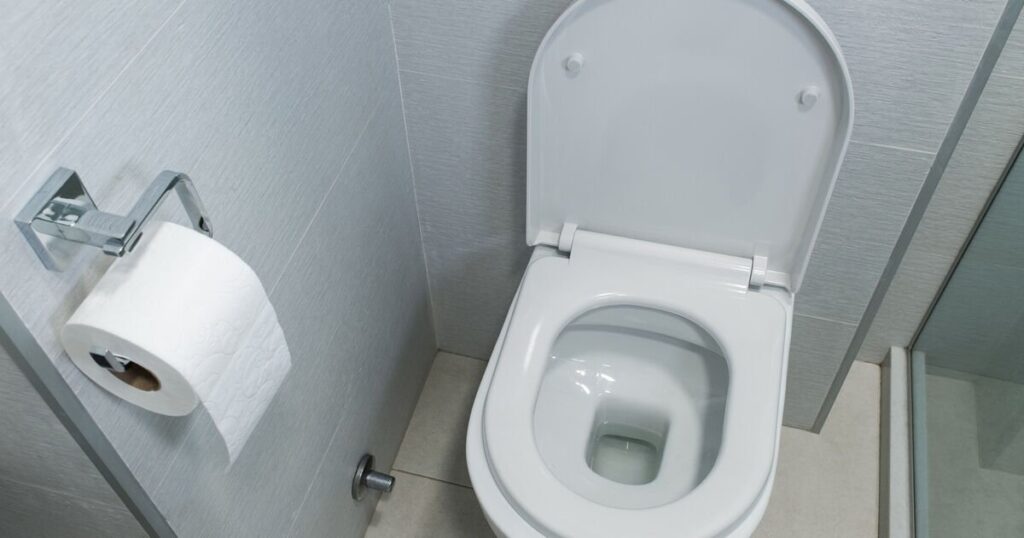
The shape and colour of your stools can provide with clues as to what is going on inside your body.
While many will flush straight away, taking a moment to check what you’ve left behind can be crucial for your health.
Health stools should be brown in colour with a soft and solid consistency. It isn’t odd to find traces of food left behind either.
Concerns should start when colours and texture start to change – but they could have innocent explanations as well.
Some changes are temporary and can be explained without a trip to the doctors. However, there are some that require medical attention.
Black:
Sometimes stools can be black in colour if you are taking iron tablets, or a medicine based on bismuth. It can also be black if you have eaten a lot of liquorice.
If the colour is a side effect of the medicine or iron tablets, it should not cause a problem. But if you are concerned you can speak to your doctor or a pharmacist. This type of stool is often hard and not sticky.
Black stools can also mean bleeding higher up in the digestive system, for example from the stomach. You should see your doctor if your stools turns black for an unknown reason.
Contact the NHS urgently if it is black, tarry and smells bad, especially if you have stomach pain.
Red:
Red stools can be caused by beetroot and red food dye in food and drinks. But red stools could also indicate bleeding in the bowel.
Bleeding in the bowel can be caused by ulcerative colitis, severe food poisoning, Crohn’s disease, diverticular disease or bowel cancer.
If the blood is coating the outside of the stool this might be a result of piles (haemorrhoids) or anal fissures. Contact your doctor if you think you have bleeding in your bowel.
Silver:
This is a very rare colour and is not a good sign. The silver colouration is produced by combining black tarry stools and grey stools containing fat, due to malabsorption.
This colour of stool should be discussed with your doctor urgently as it may be a symptom of cancer. This kind of cancer develops in the tubes leading from the gallbladder and pancreas and is called ‘Ampulla of Vater cancer’.
Green:
Green stools can be caused by eating a lot of green vegetables, or green food colouring in food and drink. Green is entirely normal in young babies.
The green colour of stools, if someone has a gut infection, is usually caused by the bacteria salmonella, a parasite called giardia, or a virus called norovirus. Most gut infections do improve in five to ten days with self-care but speaking to a doctor to check can help.
Orange and yellow:
Orange stools can happen if you have eaten a very large amount of food containing a substance called beta-carotene. Beta-carotene is found in foods such as carrots (these are not likely to cause a problem in normal portion sizes).
Orange (or yellow) stools can also be caused by a condition called bile acid diarrhoea, where bile stays in the stools without being reabsorbed, and hence discolours the faeces.
This can occur if you have liver or gall bladder disease, or if you have had bowel surgery or disorders of the small intestine.
Yellow stools can also be caused by an infection in the small bowel. See your doctor if you suspect that you are not absorbing fats.
